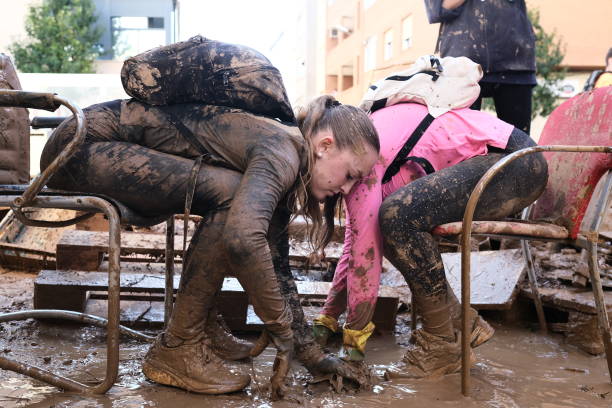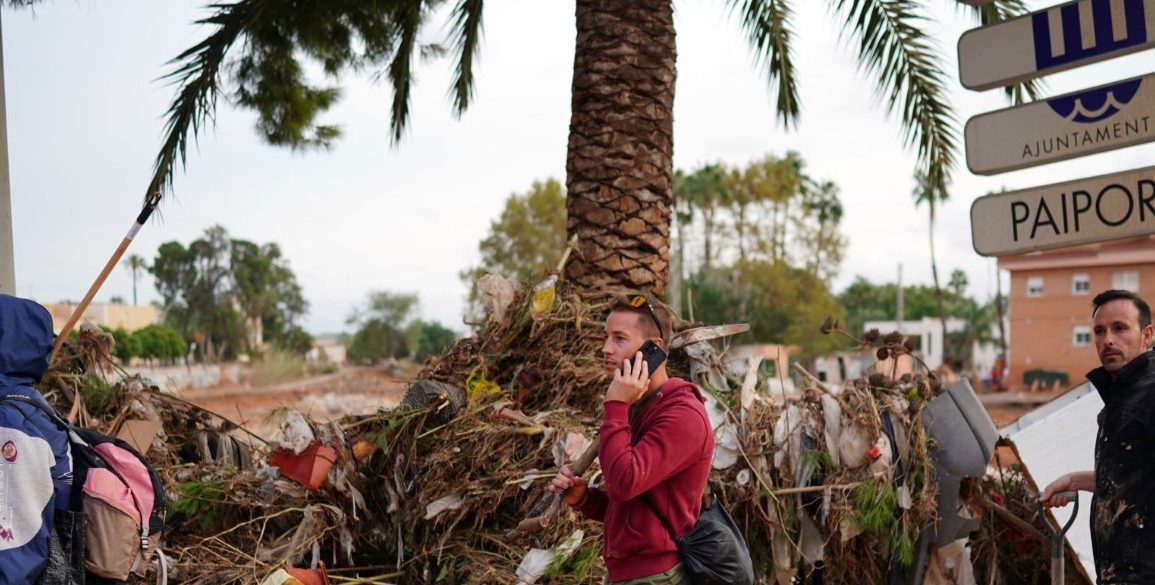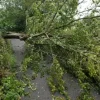As public buildings across Spain lowered flags to half-mast in observance of three days of national mourning, the quiet commuter town of Paiporta became the epicenter of a catastrophic flood, marking one of the deadliest natural disasters in the country’s modern history.
In the aftermath of the storm, at least 155 lives were claimed across the Valencia region, with nearly half of those fatalities occurring in Paiporta alone.
Among the affected residents was Letícia Cardona Teruel, who, alongside her husband and eight-year-old daughter, embarked on a perilous seven-kilometer journey to Valencia, their rucksacks filled with essentials.
Just days earlier, they witnessed their town transform into a scene of devastation, as torrents of muddy water swept through streets, submerging homes and uprooting vehicles.
“It’s like a zombie apocalypse that you see in the movies,” Cardona Teruel shared, capturing the surreal horror that unfolded.

Mayor Maribel Albalat expressed deep frustration, revealing that there had been no prior warning to residents about the impending disaster.
Many locals, unprepared for such a violent flood, found themselves trapped, as water surged while they were at ground level or below.
“It was a trap,” Albalat lamented, emphasizing the urgent need for improved communication and disaster preparedness.
Tragic stories emerged from the chaos, including that of Lourdes María García and her three-month-old baby, who perished after their car was engulfed by rising waters.
Eyewitness accounts describe harrowing scenes of residents frantically attempting to escape as floodwaters invaded homes and care facilities.
As communities come together to support one another amid ongoing recovery efforts, residents voice concerns over the lack of governmental presence in the aftermath.
With roads still impassable and necessities scarce, many residents are relying on one another to navigate this unprecedented crisis, highlighting both the resilience and vulnerability of the town of Paiporta.

